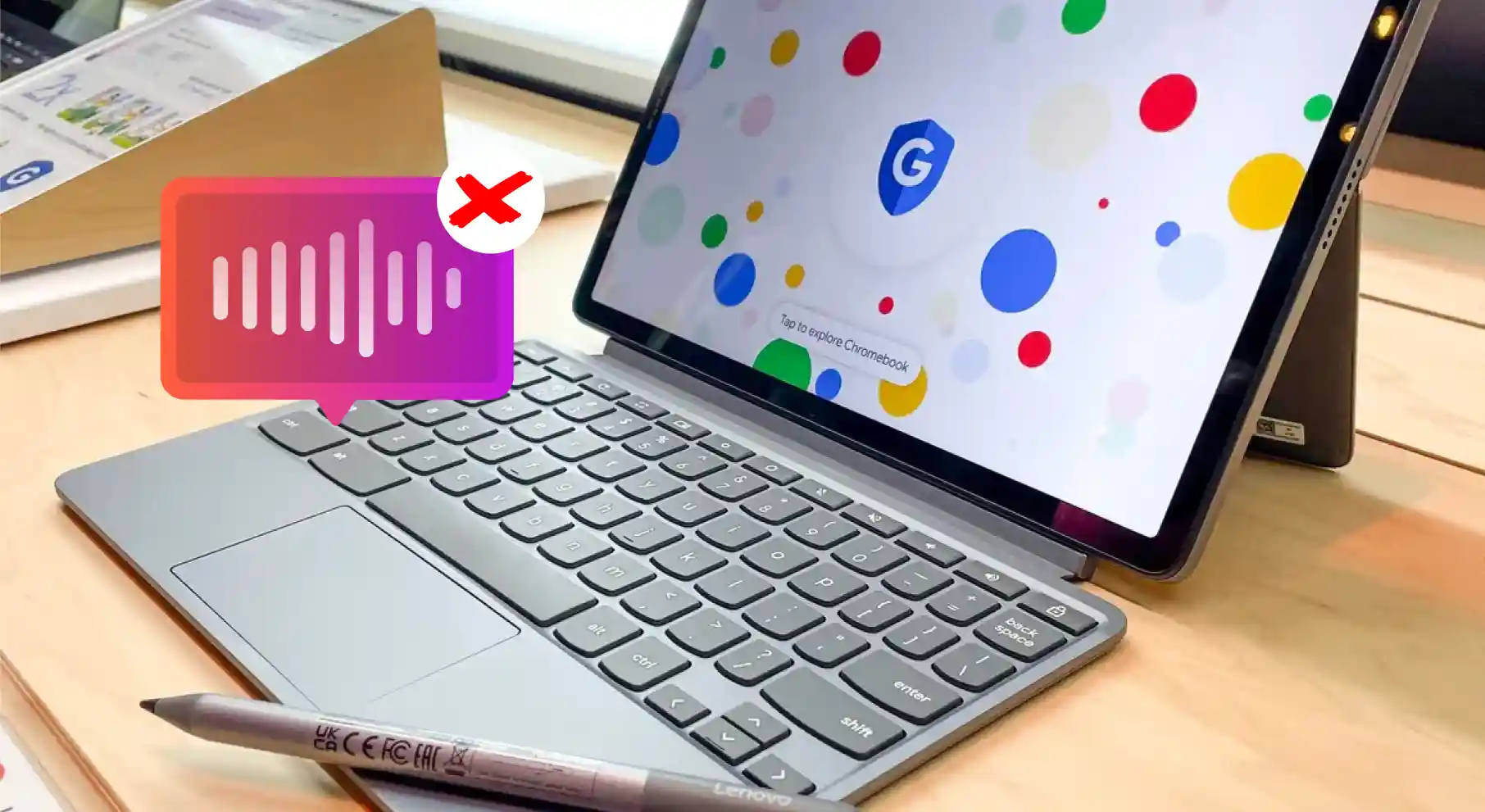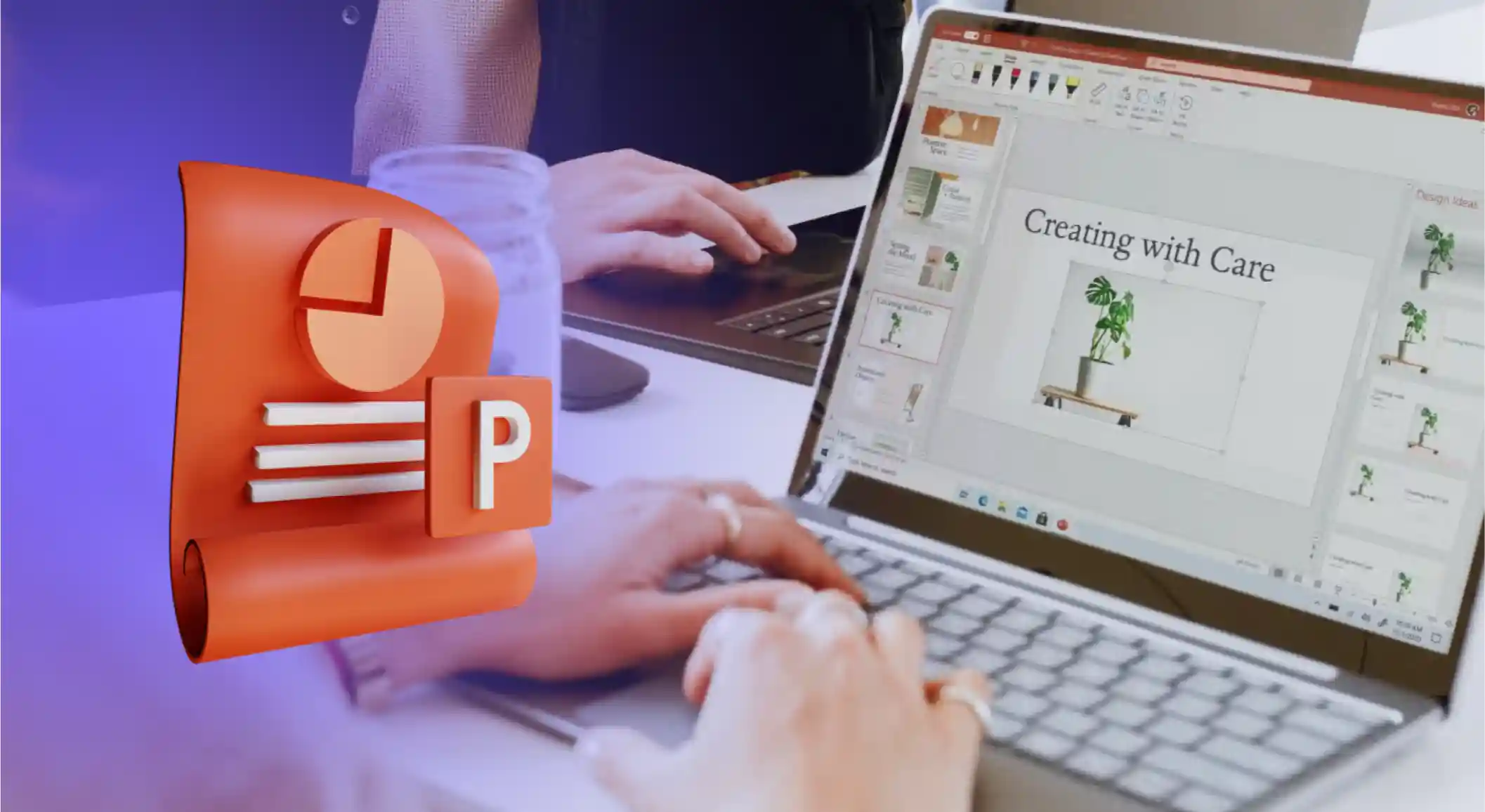Top Seven Text to Speech Apps for Mute People


Imagine a world where everyone can express their thoughts and emotions, regardless of their ability to speak. For individuals who are speech impaired or mute, traditional ways of speaking can be challenging and often isolating. Fortunately, several assistive technologies are breaking down these barriers and opening up new possibilities for communication. From augmentative and alternative communication (AAC) devices to speech-generating software, these tools empower individuals with speech disabilities to express themselves in ways that were previously unimaginable. AAC devices, for example, help users communicate by typing words and sentences or selecting images including drawings, pictures, and videos that the device then “reads out loud.”
In this blog, we’ll explore various devices and apps designed for mute individuals, focusing on text to speech (TTS) technology, its benefits for the speech impaired, and the top TTS apps available today.
What are Some Helpful AAC Devices and Apps for Mute People?

Some of the most helpful AAC devices and apps that empower mute individuals to engage in conversations, participate in everyday activities, and express their ideas with greater freedom and ease include:
Text to Speech Devices
Text to speech applications allow mute individuals to convert written text into spoken words. These devices can be standalone or integrated into smartphones, tablets, and computers. Users can simply type or select the necessary text, and the device reads it aloud in a natural-sounding voice. Some popular TTS apps include Murf AI, Natural Reader, Voice Dream Reader, and Speech Assistant AAC.
Talking Keyboards
Talking keyboards combine traditional keyboard functionality with speech generation capabilities. As a user types, the device generates speech in real-time, allowing the user to “speak” through the written transcript. Users can also choose from different voice styles and customize the tone and speech rate, making the audio sound more natural or reflective of the user’s preferences. The tool includes intelligent word prediction, too. Some notable talking keyboards are Proloquo4Text, TextSpeak TS Series, and GoTalk NOW.
Screen Readers
Screen Readers convert written text displayed on screens into audio files, allowing users to listen to text instead of reading it. Though primarily designed for visually impaired individuals and those with mobility and dexterity challenges, these tools can also be valuable for people who have difficulty speaking and need TTS functionality to assist in communication.
Screen readers can be used on various devices, from mobile phones to tablets to computers, making them versatile for navigating apps, websites, and text-based communication platforms. Some of the most popular screen readers that mute individuals can use as AAC tools include JAWS (Job Access With Speech), NVDA (NonVisual Desktop Access), and Narrator (Microsoft’s built-in screen reader for Windows users).
Benefits of Text to Speech for Mute People

Simplified Communication
Text to speech allows mute individuals to communicate instantly without the need for verbalization. Especially in social situations, a mute individual can use text to speech software to quickly respond to questions or articulate their points clearly and effectively instead of struggling to convey their ideas through gestures or writing on paper.
It also empowers them to communicate independently, allowing them to engage in conversations without relying on a friend or caregiver for assistance.
Personalization and Speech Customization
Today’s TTS systems offer a variety of voice options and customizations, allowing users to express their feelings and intentions more clearly. Speech-impaired individuals can select a voice that resonates with their personality or preference, modulate the tone, pitch, and pace to convey different emotions, as well as choose from multiple voice styles, making interactions more personal and relatable.
Accessibility and Cost-effectiveness
Text to speech apps reduce the need for costly interpreters or speech therapy services, allowing mute people to independently generate their own speech outputs without relying on external support which may not always be available. Furthermore, given that TTS software can be used on everyday devices like smartphones, tablets, and computers and integrated with other technologies, such as communication boards or software used in educational settings, it reduces the need for separate, expensive equipment, enhancing accessibility and affordability.
Seven Best Text to Speech App for the Speech Impaired
Murf
A versatile text to speech tool, Murf offers high-quality, natural-sounding voices that help speech-disabled individuals communicate authentically, making interactions more meaningful and less robotic. The software's voice customization feature enables users to tailor the AI voice to reflect their personality, tone, and style, giving them more control over how they express themselves. Moreover, given that Murf is compatible with everyday devices such as smartphones, tablets, and computers, speech-impaired individuals can use the tool wherever they go, ensuring they have a voice in any situation.
Google Text to Speech
Google TTS supports over 40 languages and various accents, making it an invaluable tool for speech-impaired individuals who need to communicate in different languages or with people from diverse linguistic backgrounds. This flexibility benefits those living in multilingual environments, allowing them to express themselves in their native language or any other language they are comfortable with.
PlayHT
For individuals with speech difficulties who want to participate in professional or creative projects, Play.ht’s TTS capabilities extend beyond basic communication. It can be used to create high-quality voiceovers for videos, presentations, podcasts, or other media, giving speech-impaired users the freedom to create content without needing assistance.
NaturalReader
A standout feature of Natural Reader that is highly beneficial for speech-impaired people is its offline functionality. Unlike many TTS tools that require an internet connection, NaturalReader allows users to convert text into speech without access to Wi-Fi or mobile data, enabling them to communicate easily anytime, anywhere, without being limited by connectivity issues. This enhances their independence in various environments.
ElevenLabs
ElevenLabs offers voice cloning capabilities that allow individuals, particularly those who have lost their ability to speak due to illness or brain injury, to create a synthetic version of their own voice and use it to communicate in a familiar tone. This restores a sense of identity and normalcy and leads to greater confidence, independence, and emotional well-being.
Speechify
Speechify’s availability as a mobile app on iOS and Android devices enables on-the-go access, allowing mute users to communicate in various situations, such as during appointments or social gatherings. A speech-impaired individual can simply pull out their mobile phone, type their text messages, and use Speechify to read it aloud, facilitating smooth interactions.
Microsoft Azure
Individuals who rely on an AAC device to communicate can use Azure’s speech synthesis to produce audio that reflects their unique communication needs, allowing for a richer interaction with others. Microsoft Azure TTS integrates seamlessly with various assistive devices and applications, including communication boards, AAC devices, and other speech-generating software, allowing mute individuals to utilize it as part of their broader communication toolkit.
What Makes Murf a Top-Rated Text to Speech Application?

From high-quality voice outputs to a user-friendly interface to extensive voice customization, real-time collaboration, and support for multiple languages, several capabilities make Murf a standout in the text to speech space. Let’s dive in:
Realistic Sounding Voices
Powered by advanced AI algorithms, Murf’s AI voices can mimic natural speech patterns, intonations, and emotions, making them indistinguishable from human voices.
Custom Pronunciation
Murf offers a custom pronunciation feature, enabling users to personalize how specific words and custom phrases are pronounced. This is particularly beneficial for names, technical terms, or industry-specific jargon that may not be accurately represented by default settings.
Wide Range of Languages and Accents
With support for 20+ languages and regional accents, Murf makes it easy for users worldwide to access its voice synthesis capabilities. Whether you’re creating content in English, Spanish, French, or other languages, Murf provides human-like voices that cater to different dialects.
Speech Gen 2
Murf recently came out with a more advanced, realistic, and customizable speech model, Speech Gen 2, that offers extensive customizability options, enabling users to tweak the voiceover to make it sound ‘exactly the way they want.’ Its ‘Word-level Emphasis’ feature, for example, offers granular control to exaggerate a word. Gen 2 supports a broad spectrum of voice styles each offering unique pitch, pace, intonation, and emotional depth, enabling users to choose a style that perfectly aligns with the tone and intent of their content.
AI Dubbing
Murf’s AI dubbing product, Murf Dub, enables users to transform their video content into high-quality multilingual versions, effortlessly reaching a broader audience while preserving the original essence of the video. With Murf Dub, background music, ambient sounds, and visual effects remain untouched, ensuring a seamless and authentic viewing experience across all language versions.
AI Translation
Businesses and content creators looking to reach international audiences can use Murf Translate to convert their audio projects into various languages, ensuring their messages resonate across linguistic barriers while preserving the intended meaning and tone.
Summing Up
It’s clear that text to speech is more than just a tool; it’s a way for mute individuals to communicate and connect with the world around them, bridging the gap between silence and interaction. By empowering individuals to express themselves authentically, this assistive technology fosters meaningful engagement in personal and professional settings. As we look ahead, the continued development of these applications promises to create an even more inclusive world where every voice regardless of how it is expressed can be heard and valued!

Frequently Asked Questions
How do mute people communicate?
.svg)
Mute people usually communicate through sign language. However, advancements in technology have created alternative ways, including text-to-speech applications that convert written text into spoken word, allowing for real-time communication in various settings, and AAC devices that enable users to facilitate conversations with others without the need for verbalization.
Is there a talking app for people who have lost their voice?
.svg)
Spoken and APP2Speak are two popular apps that can help people who have lost their voice to communicate.











.svg)
.svg)

.svg)

.svg)


.svg)
.svg)
.svg)
.svg)
.svg)
.svg)
.svg)
.svg)
.svg)
.svg)
.svg)
.svg)
.svg)
.svg)








